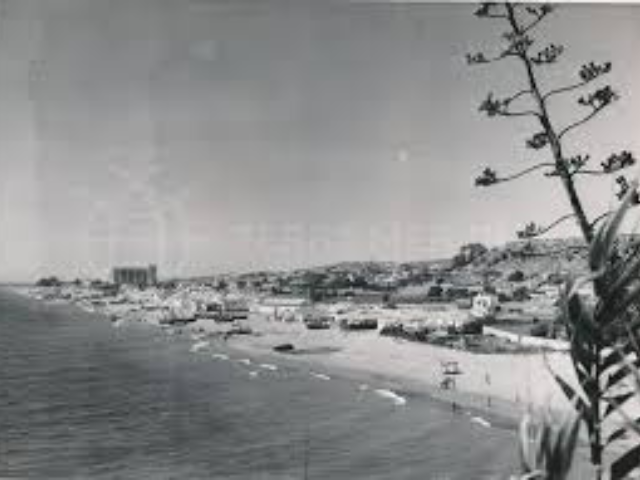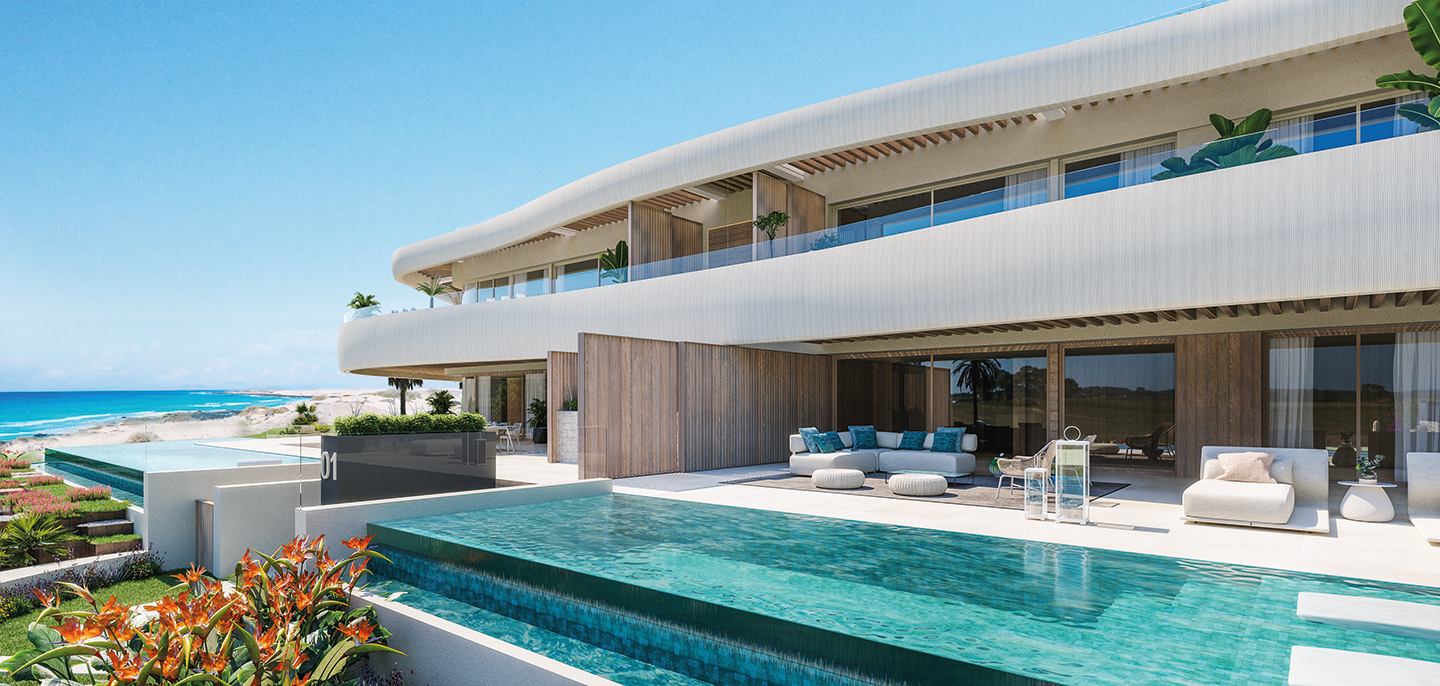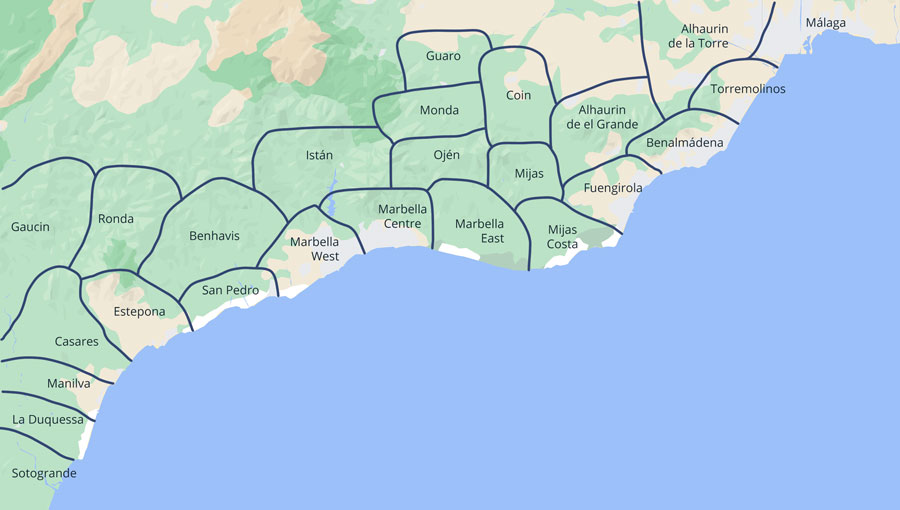Estepona 100 Years Ago: A Glimpse into History

A century ago, Estepona was a small fishing village on the Costa del Sol, largely untouched by tourism or modern development. Here’s a glimpse of what it was like all those years ago:
- Economy
Estepona in the early 20th century thrived on agriculture, fishing, and some small-scale industries. Fishing, particularly for sardines and anchovies, played a significant role in daily life, with most of the men working as fishermen. Agriculture was centred around the cultivation of olives, citrus fruits, and almonds.
- Population and Lifestyle
Estepona had a much smaller population than today, and the community was tight-knit, consisting of mostly local families. The lifestyle was simple and traditional, with people relying on the land and sea for their livelihood. There were no luxury developments or large tourist resorts—just humble whitewashed houses and small farms.
- Architecture and Urban Layout
The town was characterised by narrow cobblestone streets and traditional Andalusian houses. The iconic whitewashed homes with terracotta roofs and colourful flower pots lining the streets were already present but in a much more rural setting. The centre of town was more compact, with very few buildings outside the core area.
- Transport and Infrastructure
Estepona was relatively isolated in the early 20th century. There were no highways connecting the town to nearby cities like Málaga or Marbella. Travel was mostly by foot, horse, or cart, and it was only in the later half of the 20th century that road infrastructure began improving significantly. The port was used mostly for fishing boats, not for the yachts and tourism we see today.
- Cultural Life
The town followed a deeply rooted Andalusian way of life, with strong ties to Catholic traditions and local festivals. Important community events revolved around religious holidays, such as Semana Santa (Holy Week) and the local feria (fair). Life was slow-paced and centred around the local church and small marketplaces.
- Tourism
Unlike today, tourism was virtually non-existent 100 years ago. The Costa del Sol didn’t see significant tourist activity until the mid-20th century, when infrastructure improvements and the rise of the European middle class made the area accessible for holidays.
Estepona 100 years ago was a quaint, traditional Andalusian fishing village, very different from the cosmopolitan and popular tourist destination it is today. The town has transformed significantly over the past century, particularly with the boom in tourism and real estate development in the latter half of the 20th century. At its heart it has kept its true Spanish roots and culture and really does offer the best of old and new.
CONTACT DETAILS:





 We are proud to announce that The Spanish Estate Agent has been awarded Best Luxury Boutique Real Estate Broker 2025. This prestigious recognition reflects our unwavering commitment to excellence, personalized service, and exceptional results in the luxury property market.
We are proud to announce that The Spanish Estate Agent has been awarded Best Luxury Boutique Real Estate Broker 2025. This prestigious recognition reflects our unwavering commitment to excellence, personalized service, and exceptional results in the luxury property market.